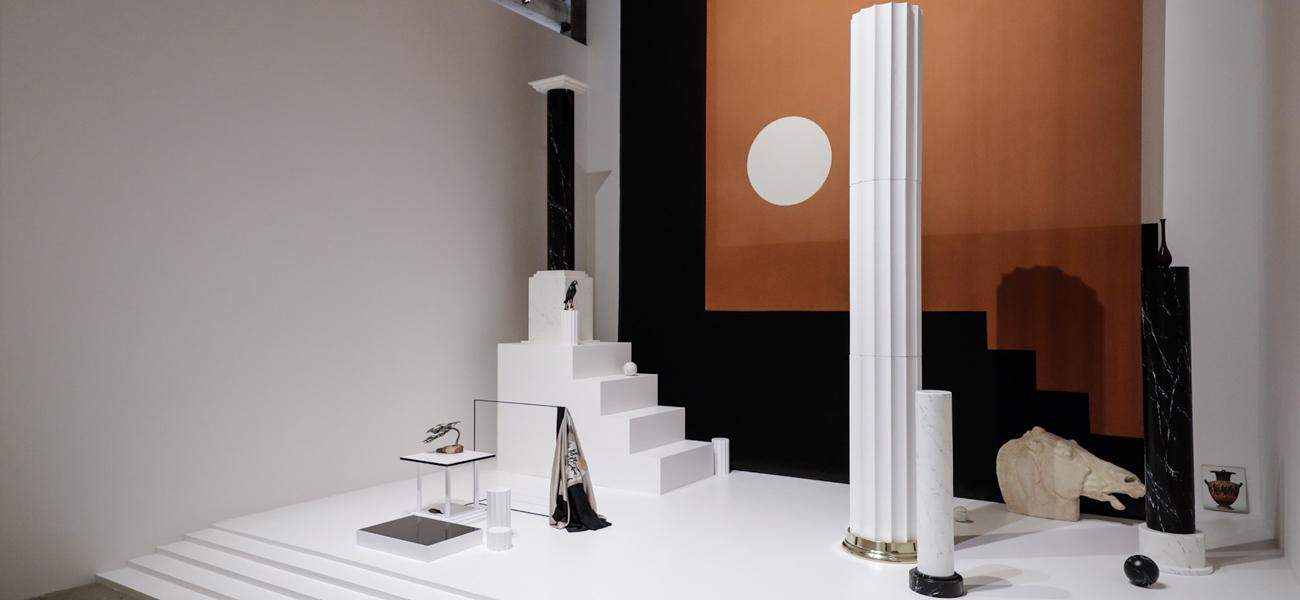Venice Biennale closes with nearly 600,000 visitors. All the statistics of the 58th edition
The 2019 edition of the Venice Biennale, May You Live in Interesting Times, curated by Ralph Rugoff, closed its doors yesterday (here are our insights: all the awards, commentary on the Golden Lion, review of the international exhibition, review of the Italian Pavilion, best 10 national pavilions and worst 10 national pavilions). In just over six months of opening, the Biennale has totaled 593,616 visitors, plus 24,762 visitors from the pre-opening period.
Of the nearly 600,000 visitors who walked through the Biennale, young people under 26 accounted for 31 percent of the total, while 17 percent moved in groups. Celebrities who visited the exhibition included Brad Pitt, Julie Andrews, Tim Robbins, Atom Egoyan, Lucrecia Martel, Rodrigo Prieto, Shin’ya Tsukamoto, Emir Kusturica, Laurie Anderson, Chiara Ferragni and Fedez, and Susanna Nicchiarelli, among others. There were 4,554 students involved in the Biennale Sessions project (visit by groups of university students: 69 universities were involved, including 19 Italian and 50 foreign ones), 34,858 young people participated in the educational activities (with 7,227 teachers involved), 783 schools participated in the educational activities (64 kindergartens and nurseries, 117 elementary, 65 middle and 537 high schools). More than five thousand journalists accredited in the pre-opening days. Regarding web and social, the labiennale.org website was visited by 2,009,454 users from May 11 to November 23 (+32.06% compared to 2017), there were 3,284,774 sessions (+41.16%) and 9,530,316 page views (+37.56%). Fans on Facebook reached 377,110 (+32,012 since the beginning of the Biennale; there had been 319,770 at the close of the 2017 Biennale), with 707,166 followers on Twitter and 470,835 on Instagram.
The Biennale, commented President Paolo Baratta, “invited us to always consider the course of human events in their complexity, an invitation that seems particularly important to us in times in which an oversimplification generated by conformism and fears too often prevails. A title that thus interpreted also sums up the very reasons for being of a Biennial. But beyond the title even this Exhibition, like all those that have followed one another in the last twenty years, since La Biennale di Venezia was reformed, has been marked by a particular sensitivity to the theme of the relationship with the visitor. All Biennales, in fact, have aimed first and foremost to make the visitor participate in the reflection on art and the investigation that contemporary artists continually develop about themselves. It has aimed at the enhancement of the encounter between visitor and works, encountered as in the moment of their birth, to promote the engagement of the visitor, to promote knowledge but also awareness, to develop respect and attention for the autonomy of art, and here for the autonomous partial, but transparent choices of the curator. The role of the Biennale was interpreted as that of an institution committed to promoting a free, open and aware society. We appreciated the commitment of the participating countries that grew in number (90) because of the spirit with which they decided to participate and took part in the great dialogue on art, which thanks to their organizational choices develops in an atmosphere of extraordinary pluralism. Visitors were once again, despite the difficulties of recent weeks, in the order of 600,000, including a still growing presence of young people. Visitors have become the main partner of the Biennale. From them comes a decisive contribution to the maintenance of conditions of autonomy and freedom. In such difficulties we have felt to an even greater extent the responsibility that comes from working in and for the benefit of a city that hosts and beautifies us and to which we would always like to return at least part of what it gives us.”
Pictured: the work of Haris Epaminonda, Silver Lion at the 2019 Biennale.
 |
| Venice Biennale closes with nearly 600,000 visitors. All the statistics of the 58th edition |
Warning: the translation into English of the original Italian article was created using automatic tools. We undertake to review all articles, but we do not guarantee the total absence of inaccuracies in the translation due to the program. You can find the original by clicking on the ITA button. If you find any mistake,please contact us.





























